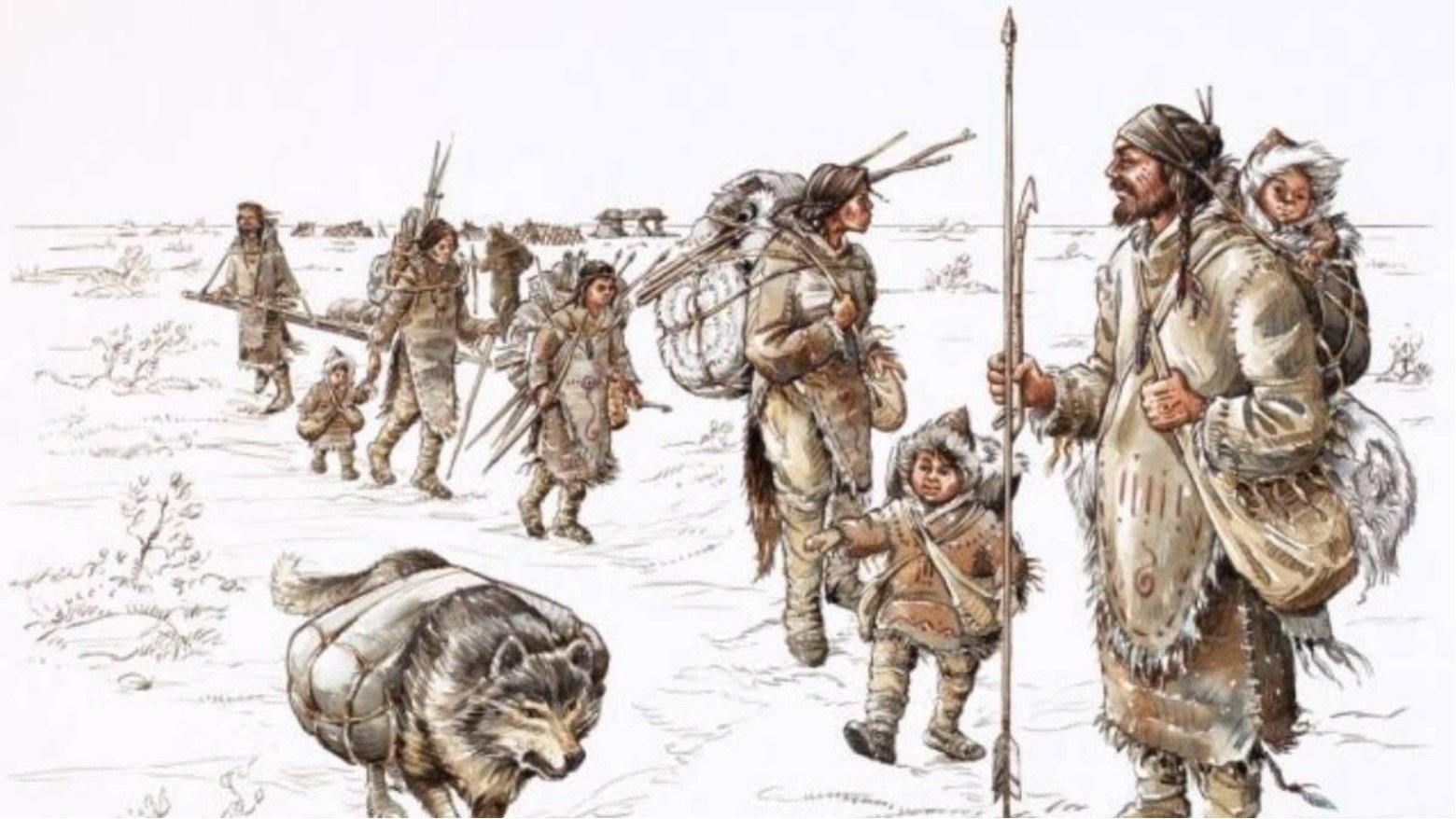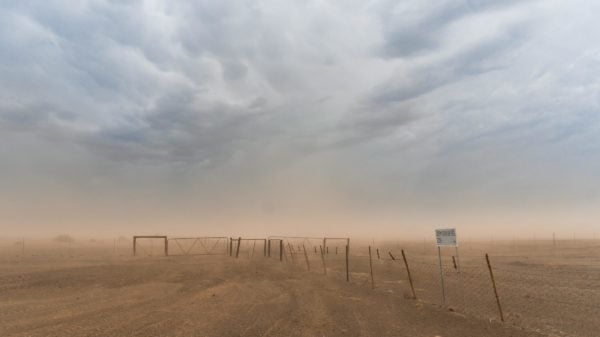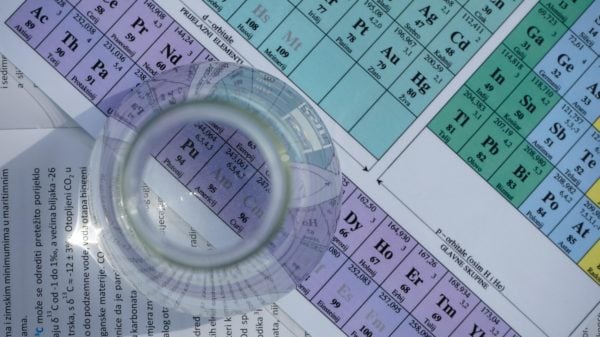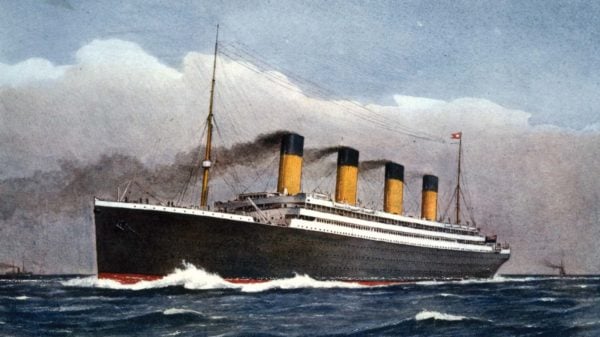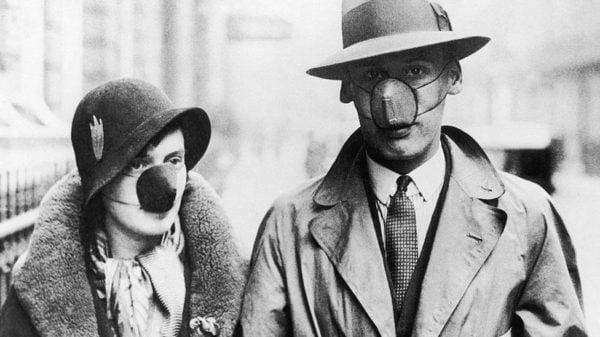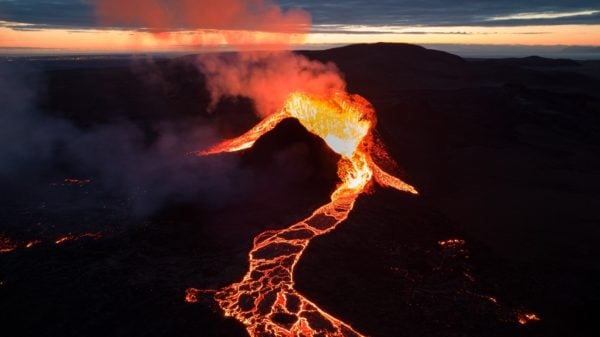For centuries, traditional narratives surrounding prehistoric life have predominantly revolved around men as the primary hunters and providers. Women, on the other hand, were portrayed as more focused on gathering food and taking care of children.
When we think of prehistoric hunters, we often picture strong men chasing big animals. This is largely because the physical differences between men and women sometimes made us believe hunting is a difficult task for women. As a result, the idea that men were the primary hunters in human evolution became widely accepted.
But this new study published in Scientific American and the Journal of American Anthropologists is calling these stereotypes into question and rewriting the story of ancient times. It tells us that women, too, were hunters during the prehistoric times.
The theory that portrayed men as hunters and women as gatherers gained recognition in 1968. Anthropologists Richard B. Lee and Irven DeVore published a book titled “Man the Hunter,” which was a compilation of academic papers presented at a symposium in 1966. This work played a significant role in shaping people’s understanding of gender roles in ancient societies.
However, scientists from the University of Notre Dame looked into how work was divided between men and women during the Palaeolithic era, which dates back to 2.5 million to 12,000 years ago. They studied archaeological findings and literature, but surprisingly, they didn’t find much proof that men and women had very different roles.
They also checked how women’s anatomy worked and found that women seemed to be physically capable of hunting. There wasn’t much evidence to show that women weren’t allowed to hunt.
The researchers, led by Professor Sarah Lacy, found signs of gender equality and fairness between men and women in artifacts, burial customs, food, and art. “But from what evidence we do have, there appears to be almost no sex differences in roles,” Professor Lacy said.
To further understand the division of labor in ancient societies, the researchers delved into the anatomical and physiological distinctions between men and women. They discovered that men had an advantage in tasks that required speed and power, such as sprinting and throwing.
These differences could be attributed to various physical factors, including muscle mass and testosterone levels. On the other hand, women demonstrated an advantage over men in activities that required endurance, such as long-distance running.
This advantage was linked to the hormone estrogen, which could increase the metabolism of fat in the body. This process provided muscles with a longer-lasting energy source. It also regulates muscle breakdown to prevent them from wearing down during extended physical efforts.
“When we take a deeper look at the anatomy and the modern physiology and then actually look at the skeletal remains of ancient people, there’s no difference in trauma patterns between males and females because they’re doing the same activities,” Professor Lacy pointed out.
From the study, it is clear that both men and women worked together to collect food for their groups. They didn’t rely only on men for hunting; everyone had a role in gathering food. This shows that the abilities and strengths of both men and women were likely valued equally, different from what we previously believed.


